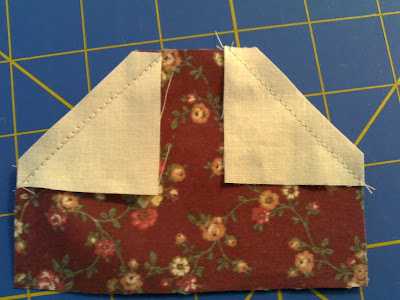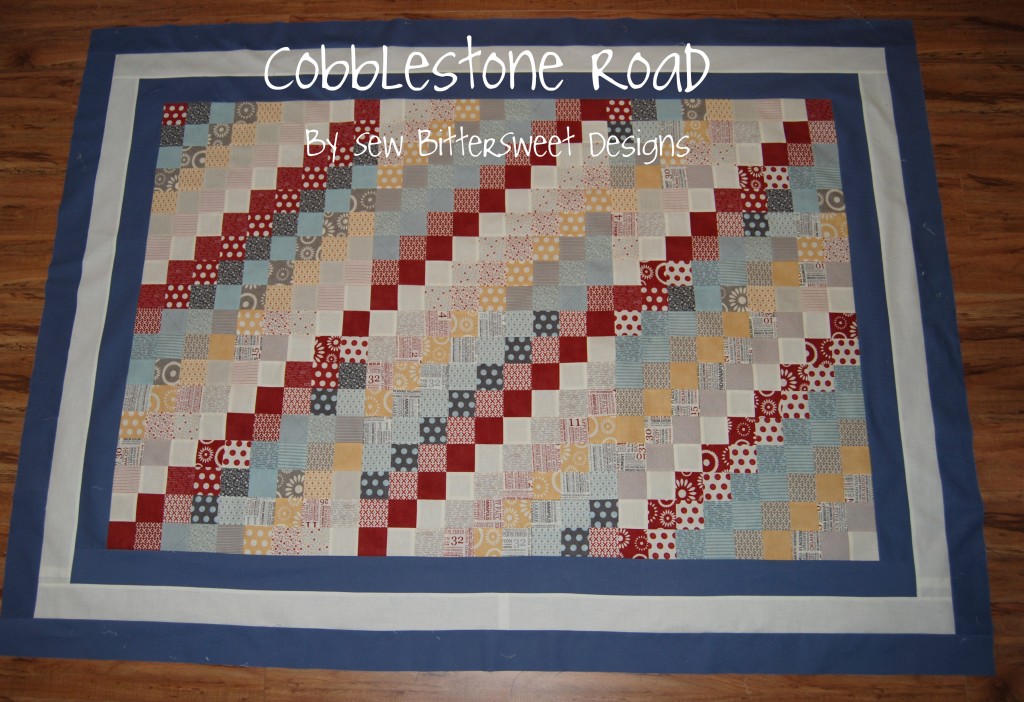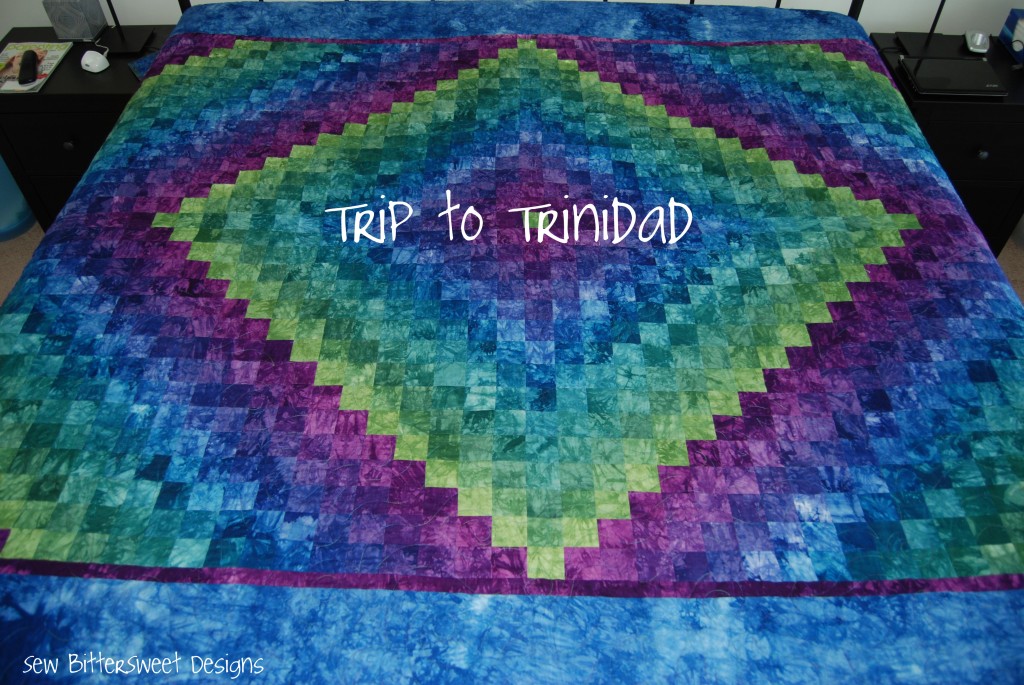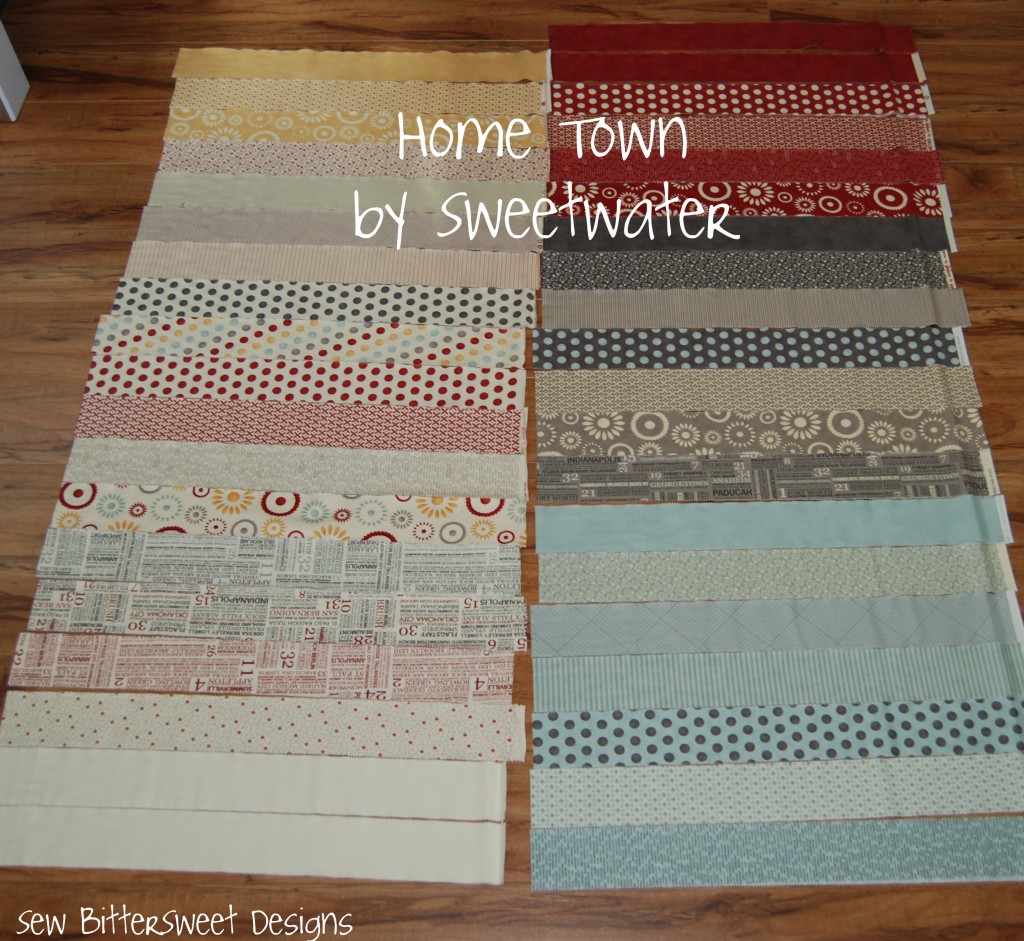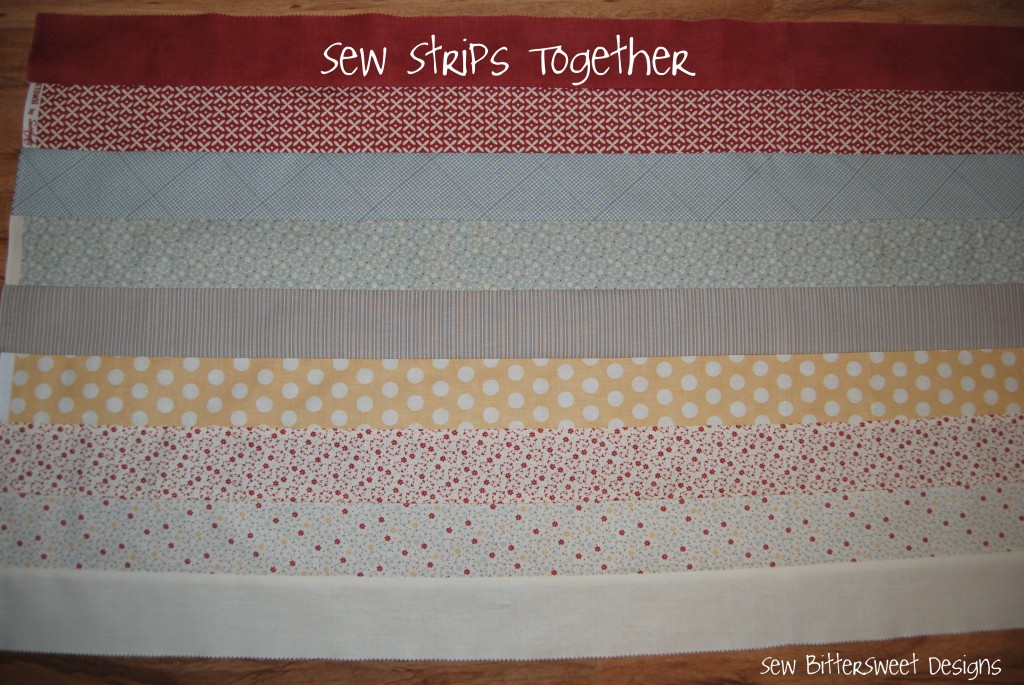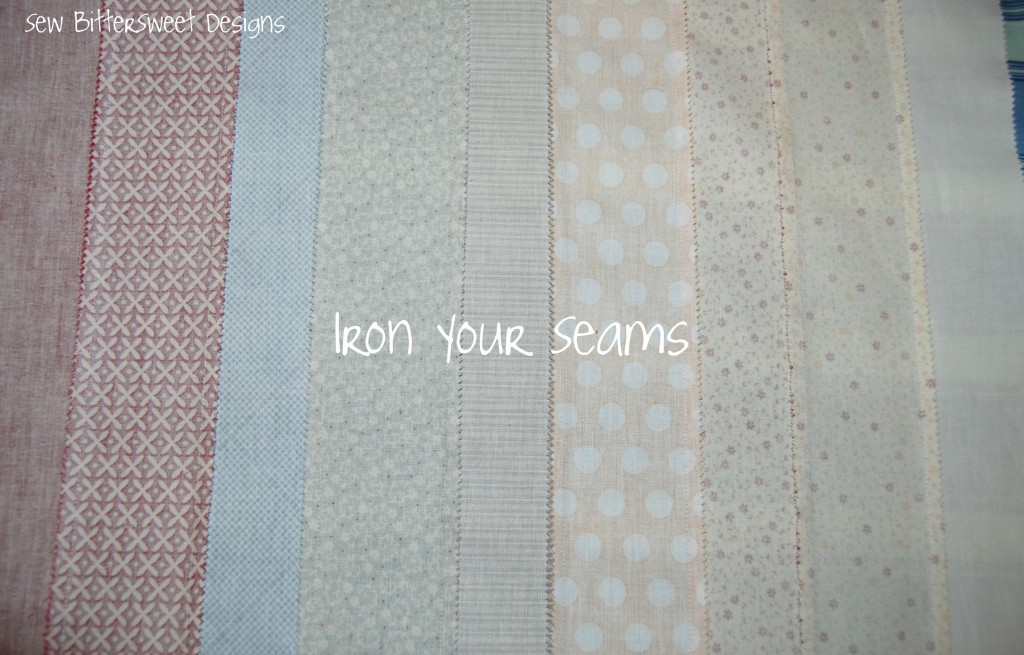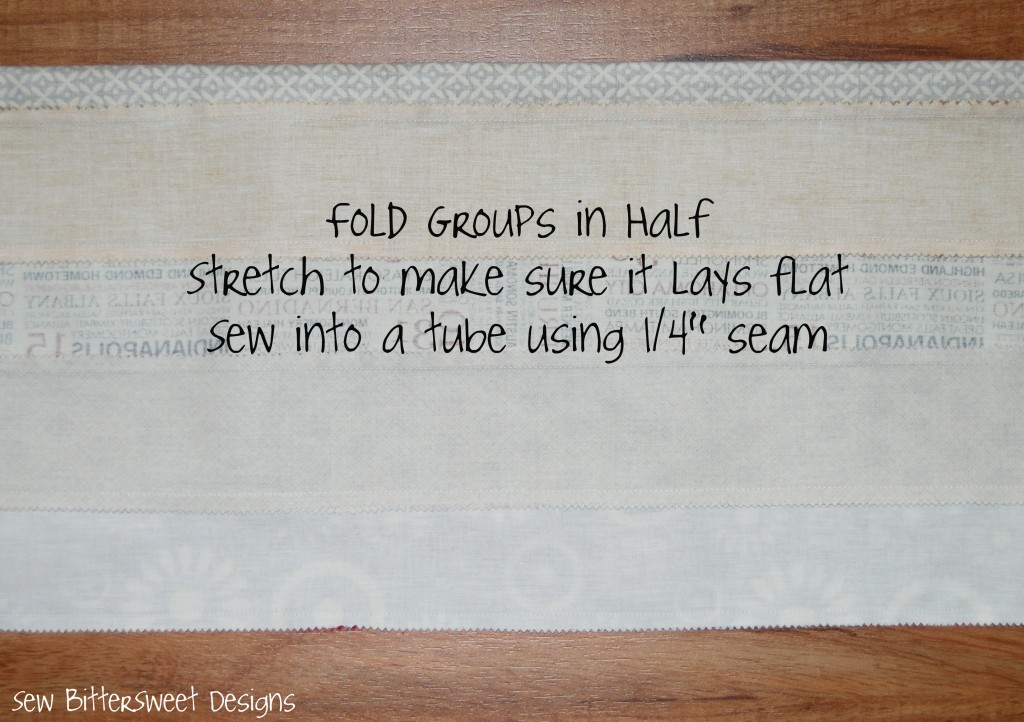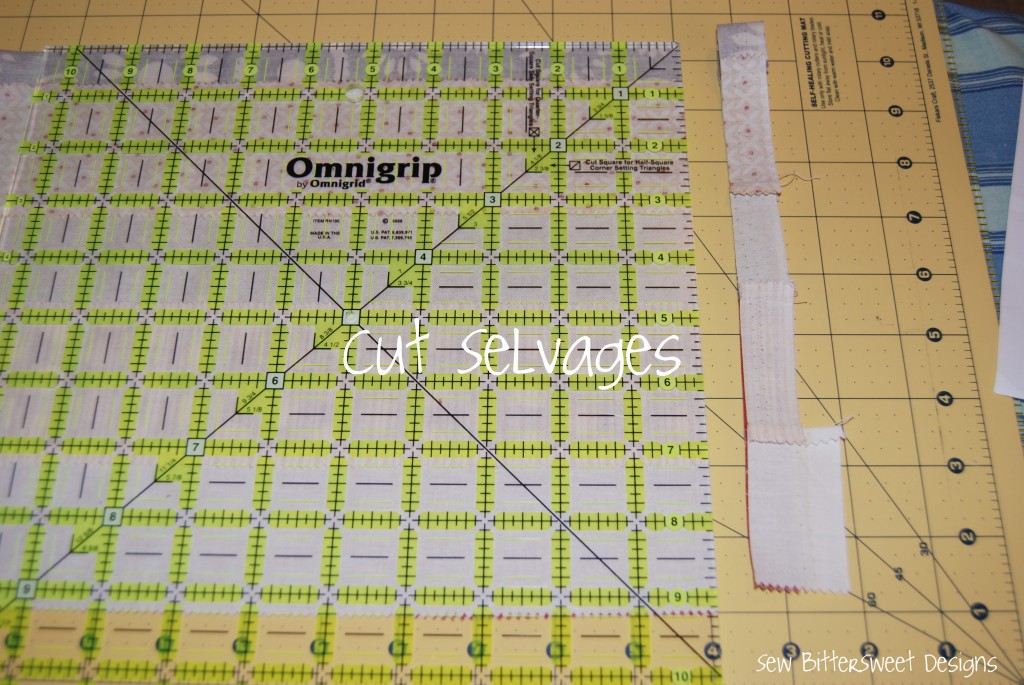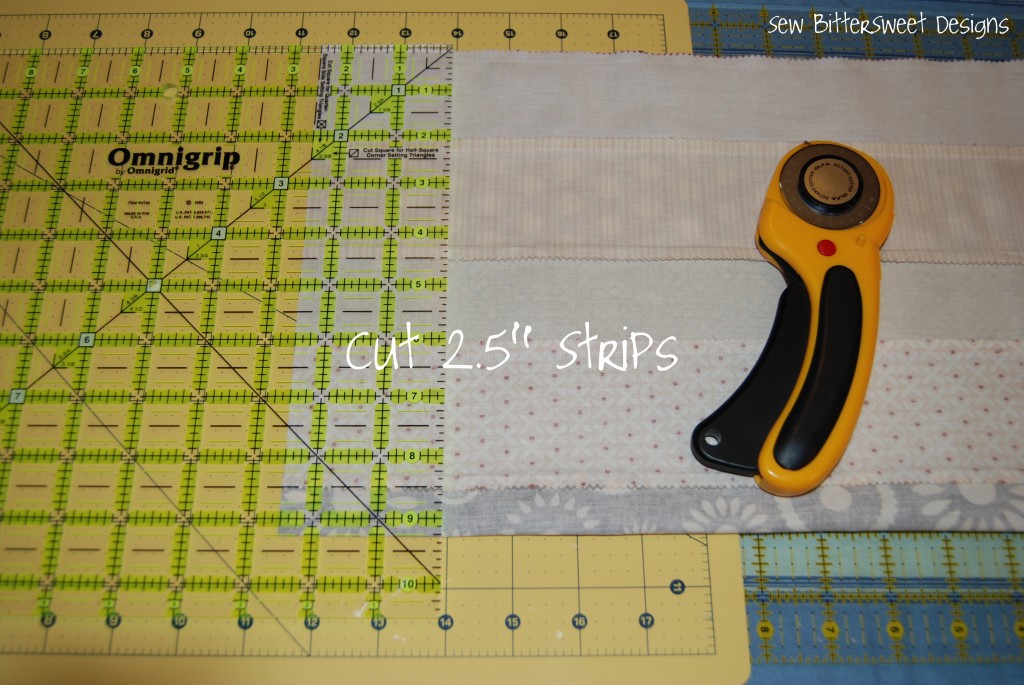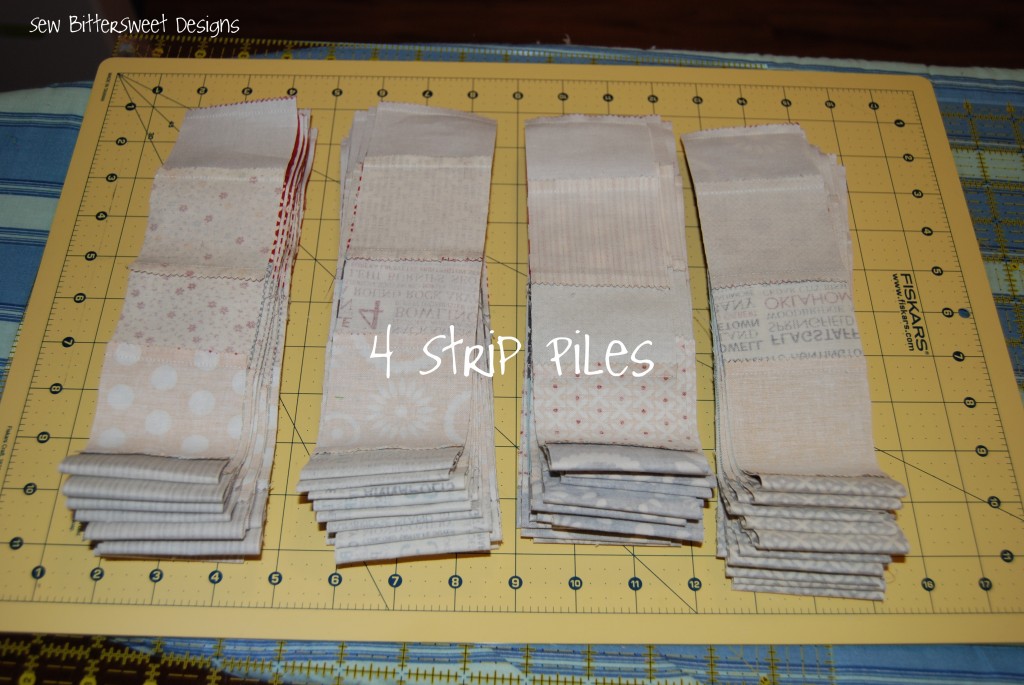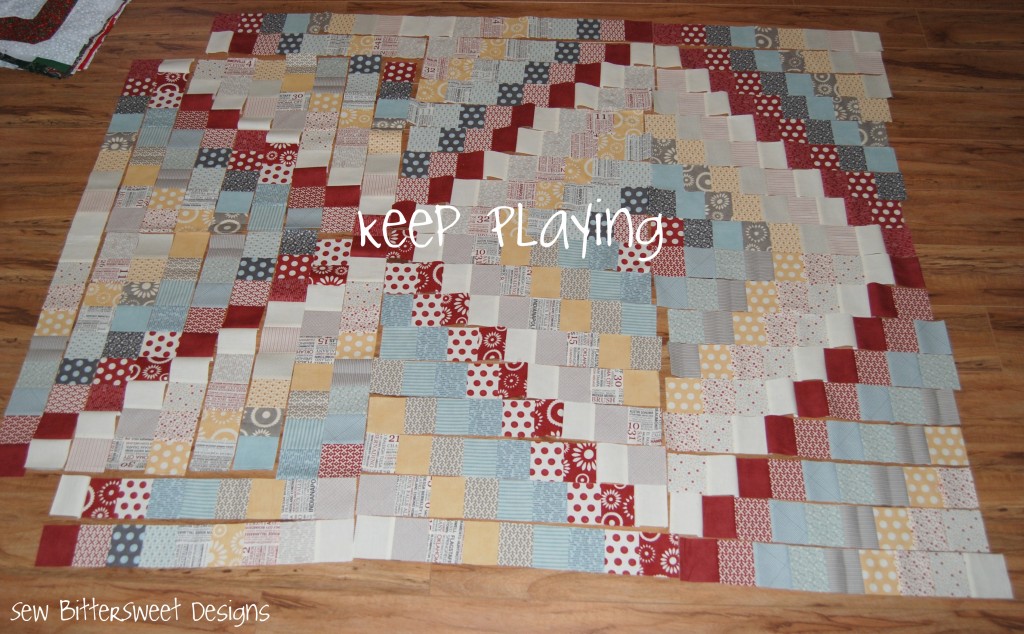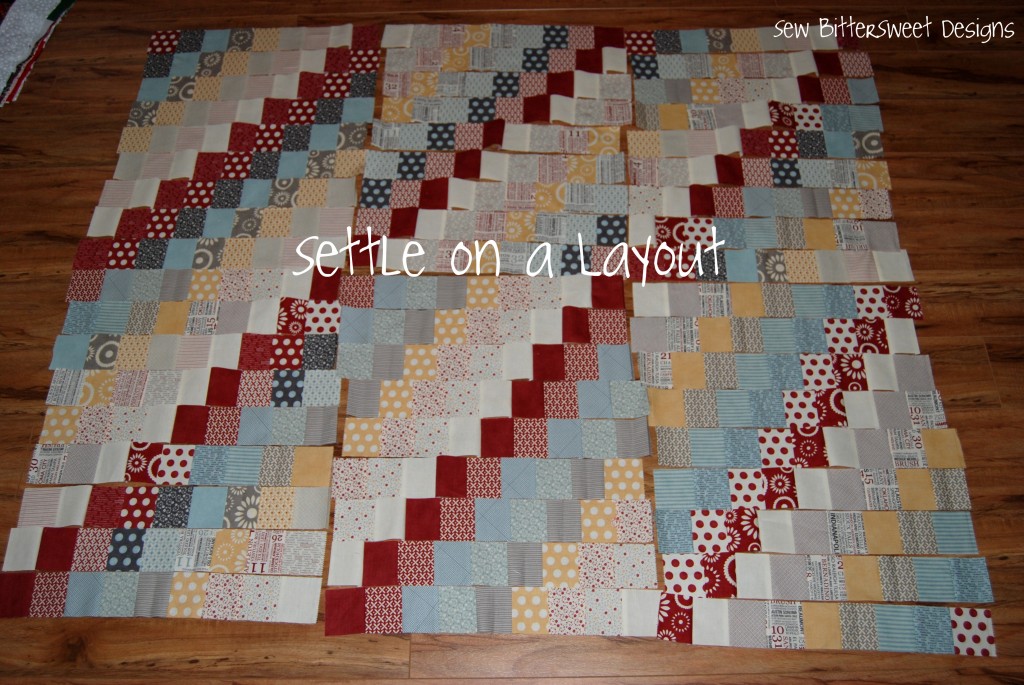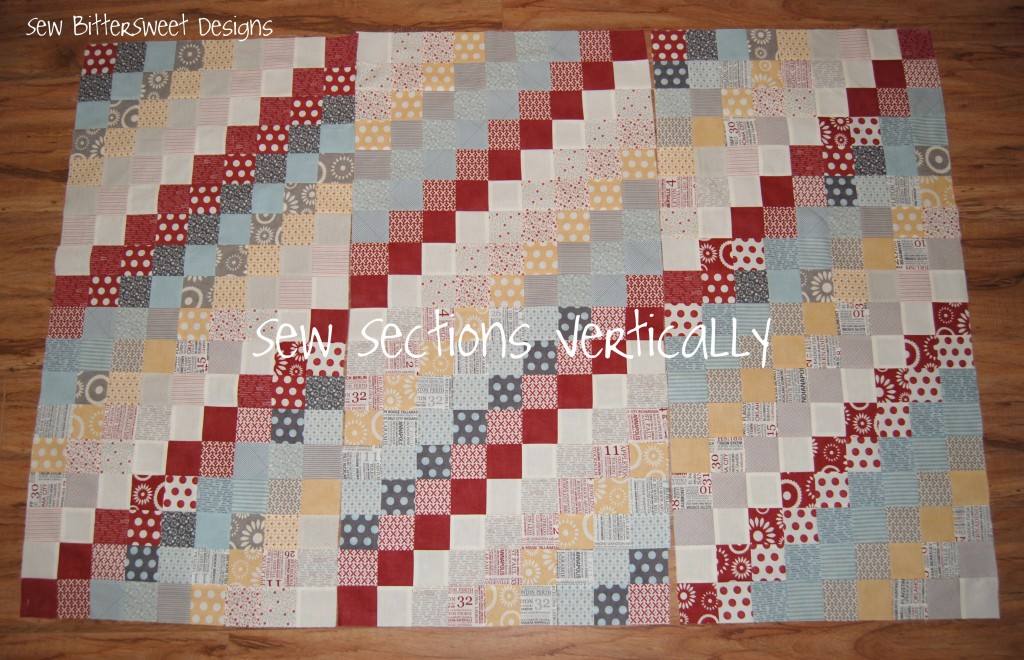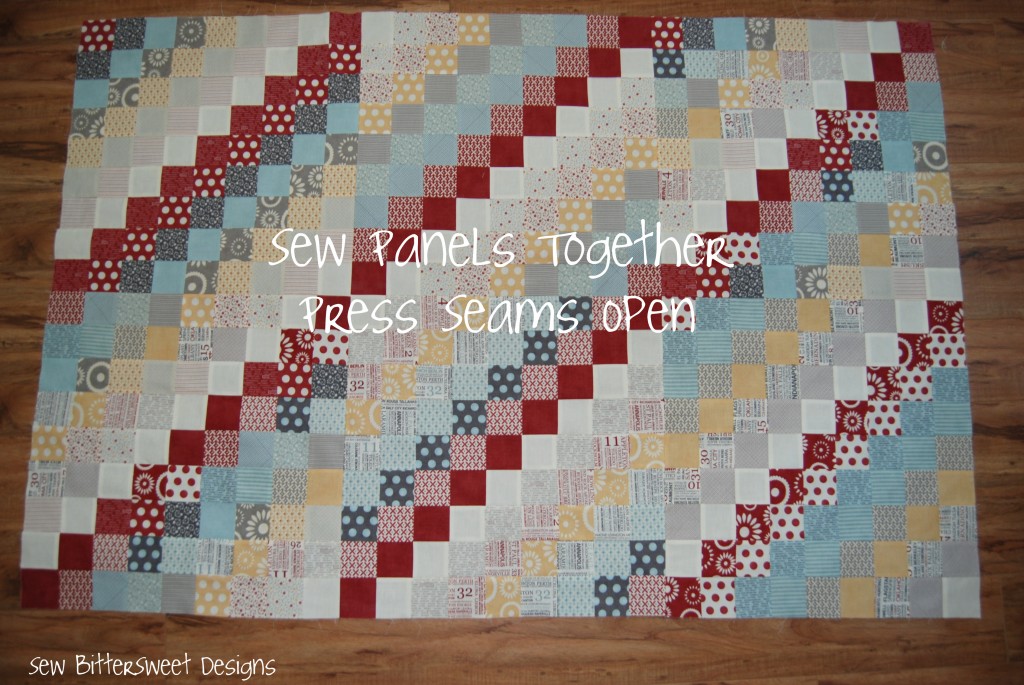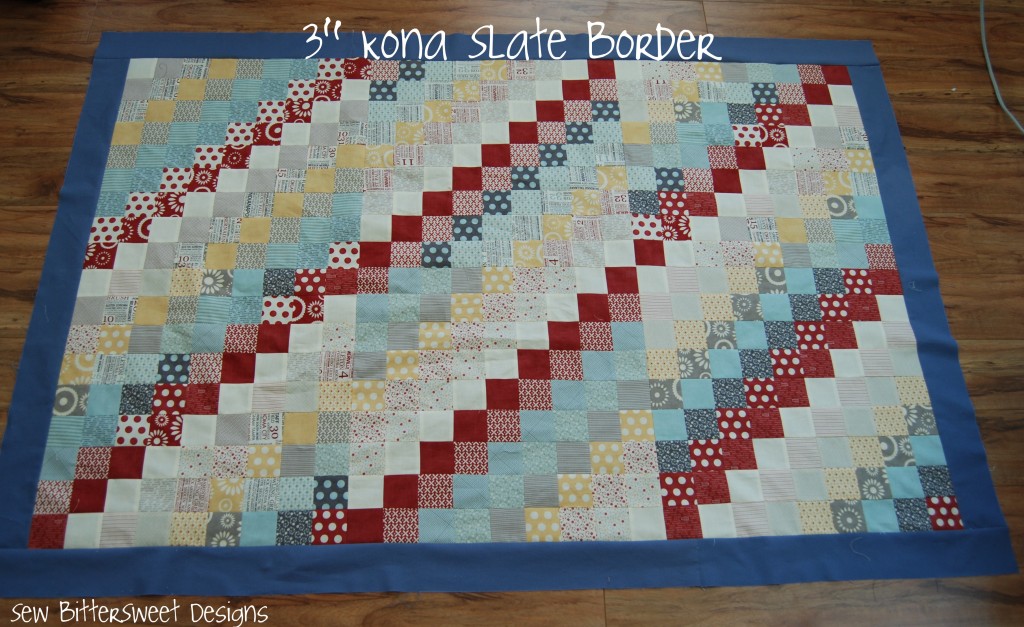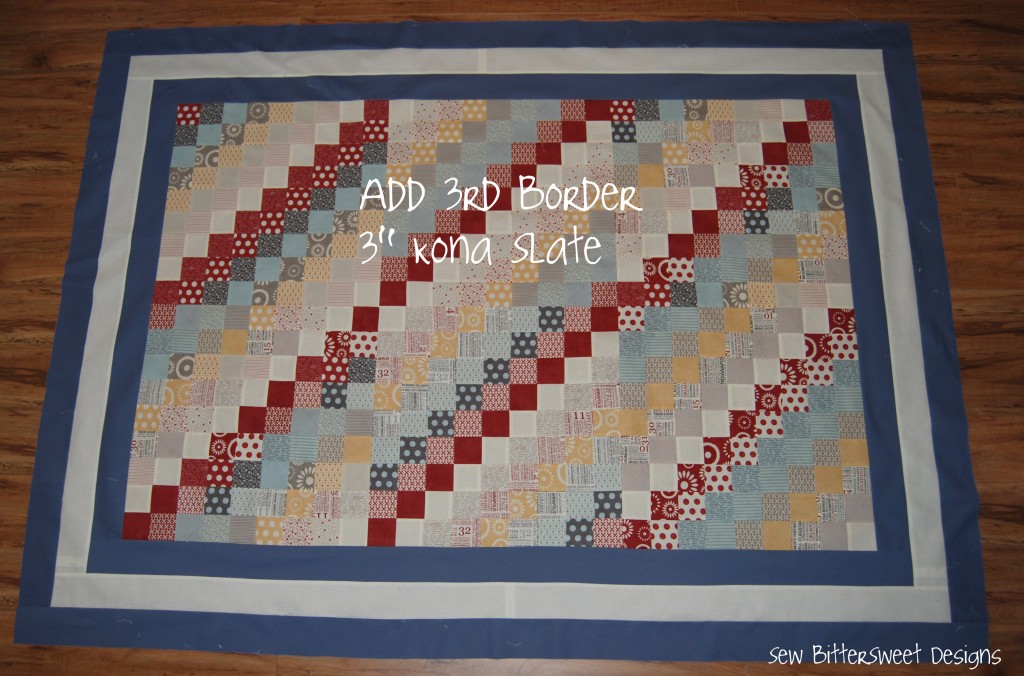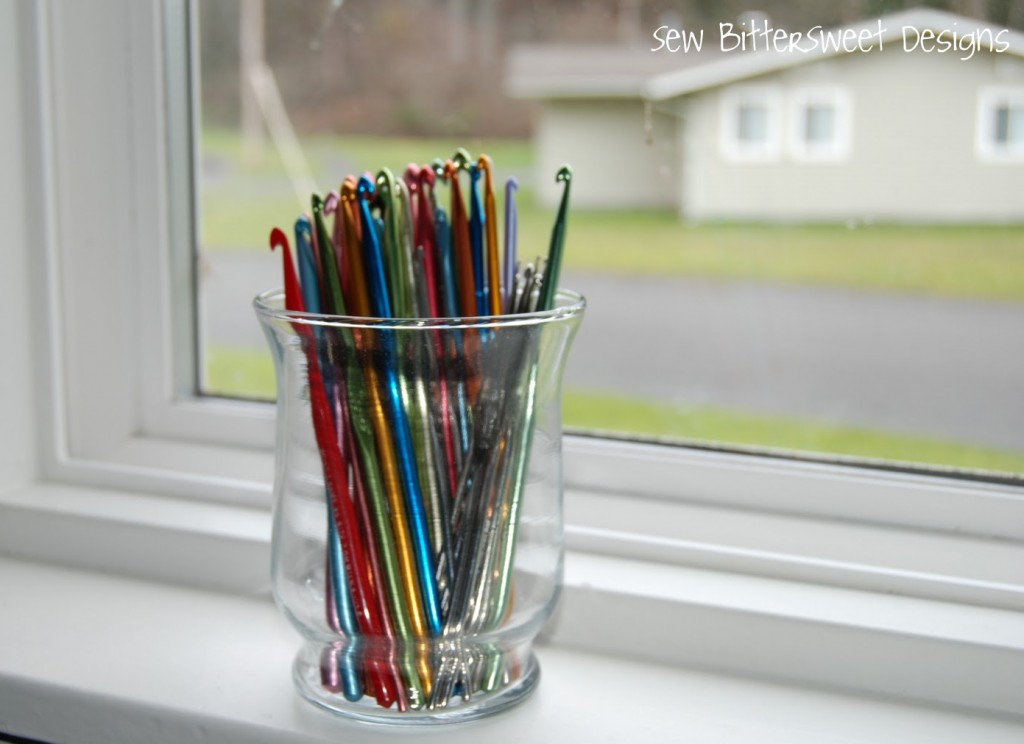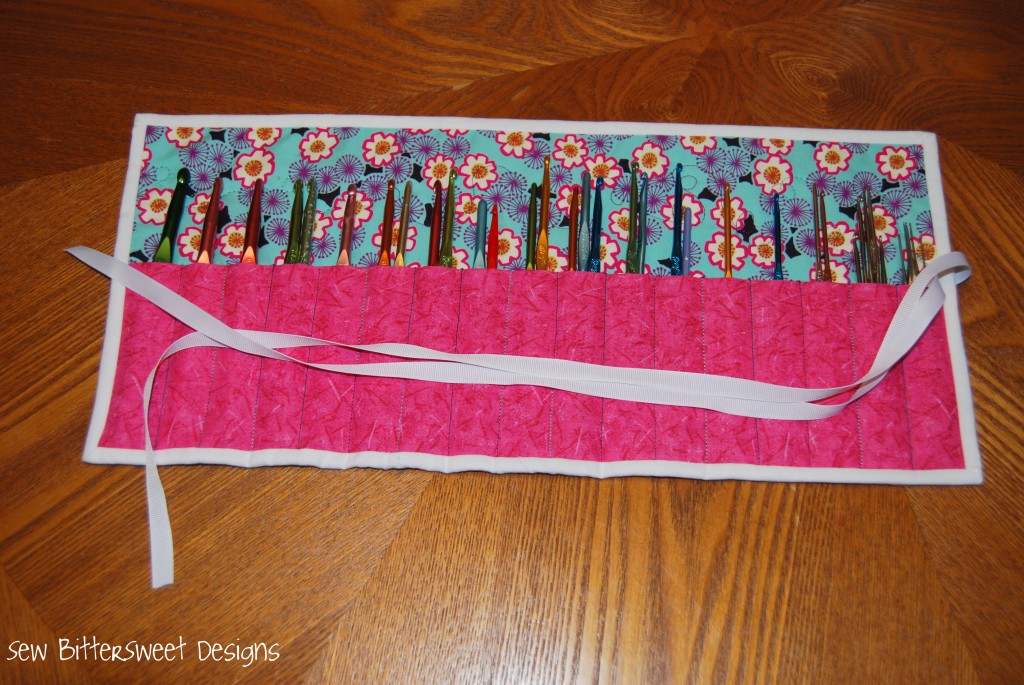Valentine’s Day Showcase – Debbe from Pieces to Love
Welcome to day 6 of the Valentine’s Day Showcase! Today I have my friend Debbe from Pieces to Love. She has a gorgeous candle mat for you that is an original design and positively stunning!
I have always enjoyed sewing and making crafts. When I was in high school, I worked at a fabric store and continued to do so all the way through college. I made my first quilt my senior year of college and it has just grown from there, just like my fabric stash.
When Melissa @ Sew Bittersweet Designs asked me to be a part of her Valentine’s Showcase, I got a little excited. Obviously I agreed to be a part of the fun. Then a few days later the regret hit, I had no clue what I was going to make. I kept thinking of applique projects, paper piecing projects, yummy sweet treats, needless to say I was a bit overwhelmed and every time I thought I had something to do, I would see the same thing posted around blog land. I finally came up with the ‘Kissing Hearts’ This is my own design, I spent a lot of time with my trusty seam ripper (which I think needs a name, Jack maybe?) as I learned what worked and didn’t work during the sewing process. This is a ‘fat quarter friendly’ or ‘scrap friendly’ project that can be made in no time at all.
For an approximate 17″ block, you will need to cut the following pieces:
2- 6.25″ squares (use 2 different fabrics)
8- 3″x4.25″ rectangles (4 each of 2 different fabrics, same as your squares)
(For the next 3 cuts of fabric I used the same white on off white fabric)
4- 3″ squares
1 1.5″x24″ strip of fabric (or 2 1.5″x12″ strips)
2- 2.5″ x WOF (width of fabric)
(or 2- 2.5″ x 13″ and 2- 2.5″ by 18″)
Take the 2 6.25″ squares and cut in half on the diagonal.
From then 1.5″x24″ strip of fabric (or 2 1.5″x12″ strips) cut 16 1.5″ squares.
Take your 16 1.5″ squares and draw a line on the diagonal from corner to corner. (This is going to be your sewing line)
.
Now that you have everything cut and marked, it’s time to sew! All seams are 1/4″ unless otherwise specified.
Take your 8 3″x4.25″ rectangles and your 16 1.5″ squares. Line you squares up on the corners of your rectangles like in the picture below and sew on the line you drew.
Next, line your ruler up on your stitching line and trim off the excess leaving a 1/4″ seam.
You should have something that looks a little like this.
Press your ‘flaps’ open. Make sure to press 1 seam allowance to the light and one dark You only need to do this on 4 of the pieces, so when you sew them together they line-up nice and pretty.
You should have 8 pieces that look like this.
Press your seam toward the dark of each peace.
Now line up the seams locking them together. If you run your finger down the seam you can feel if they are locked together or not. You may want to place a pin or two so it doesn’t move on you. I tend to live on the edge most of the time and don’t use pins.
Take the 2 heart tops that you did not sew the squares onto and sew them to the large center square and press open. Then sew the other 2 heart tops that have the squares sewn to them to the other two sided of the center block.
Your piece should now look like this.
It is now time to sew on the outside borders. Pick 2 of your border strips and sew them to opposite sides of your block. Then repeat on the other two sides.
Action shot, sorry for the poor lighting.
Thank you Melissa, for hosting and giving me the opportunity to create something for your Valentine’s Showcase. Through the blood, (yes, there was blood involved), and almost tears from banging my head against the wall, I enjoyed creating something new and would love to do something again.
———————————————————————————————————————
Thanks so much Debbe! Tomorrow Lyanna from Purple Panda Quilts will be here sharing a beautiful mug rug with you!
![]() NOTE: Don’t forget, I am one of the bloggers who is going to lose Google Friend Connect in March 2012, please take a moment and follow me via Bloglovin’, Facebook, RSS or networked blogs. You are important to me and I want to be able to stay in contact with you! Check my side bar for all the best ways to stay in touch after GFC goes bye bye!
NOTE: Don’t forget, I am one of the bloggers who is going to lose Google Friend Connect in March 2012, please take a moment and follow me via Bloglovin’, Facebook, RSS or networked blogs. You are important to me and I want to be able to stay in contact with you! Check my side bar for all the best ways to stay in touch after GFC goes bye bye!



